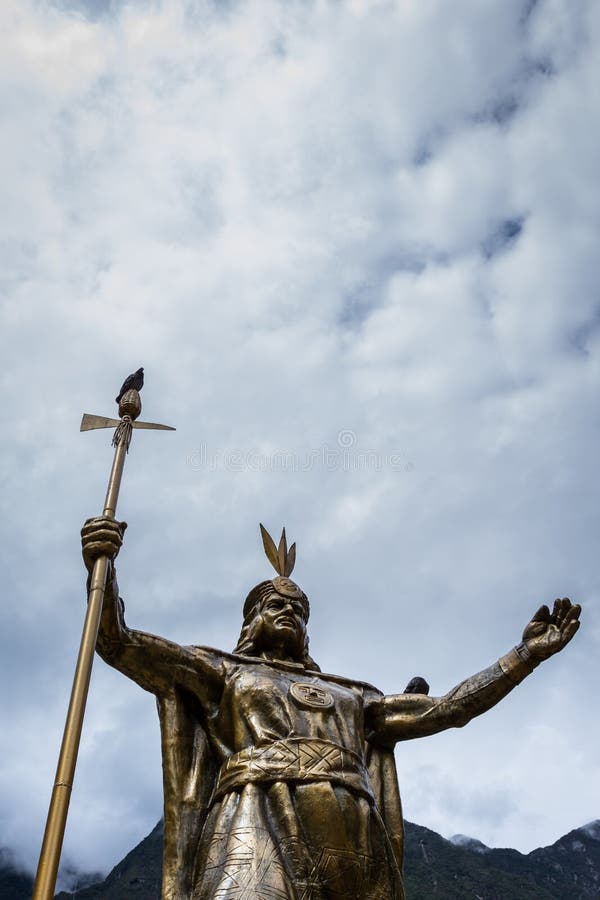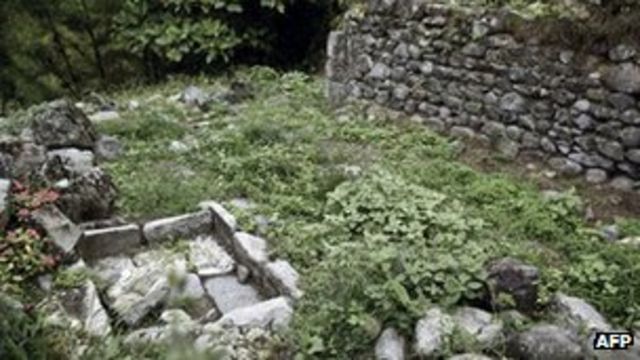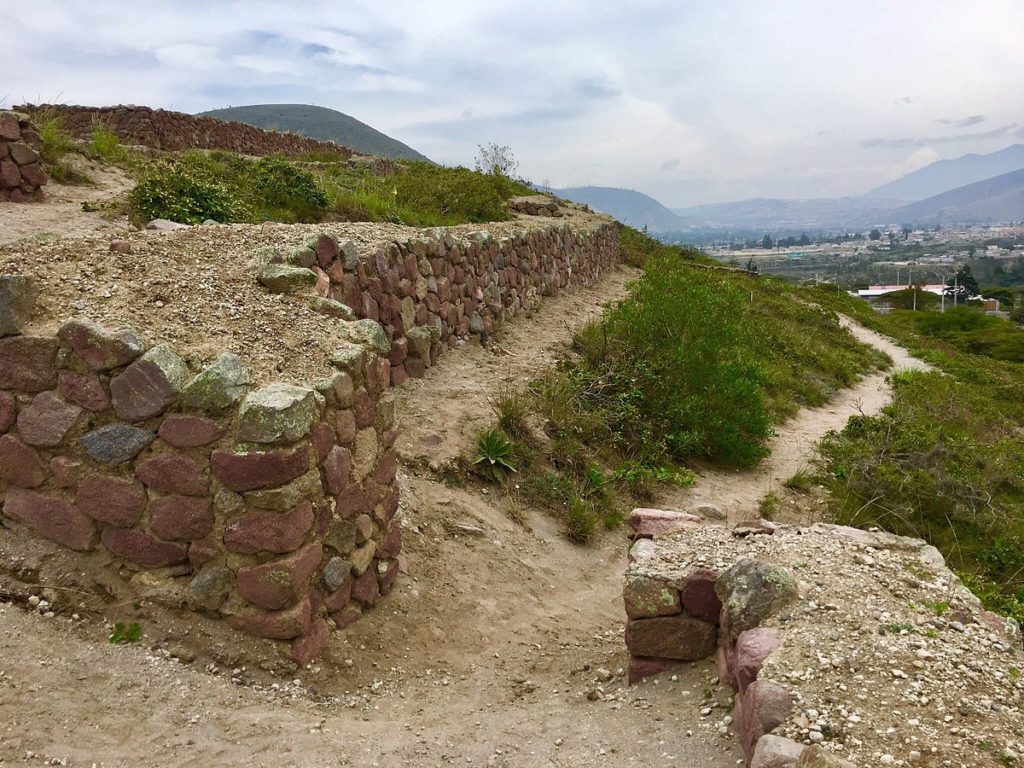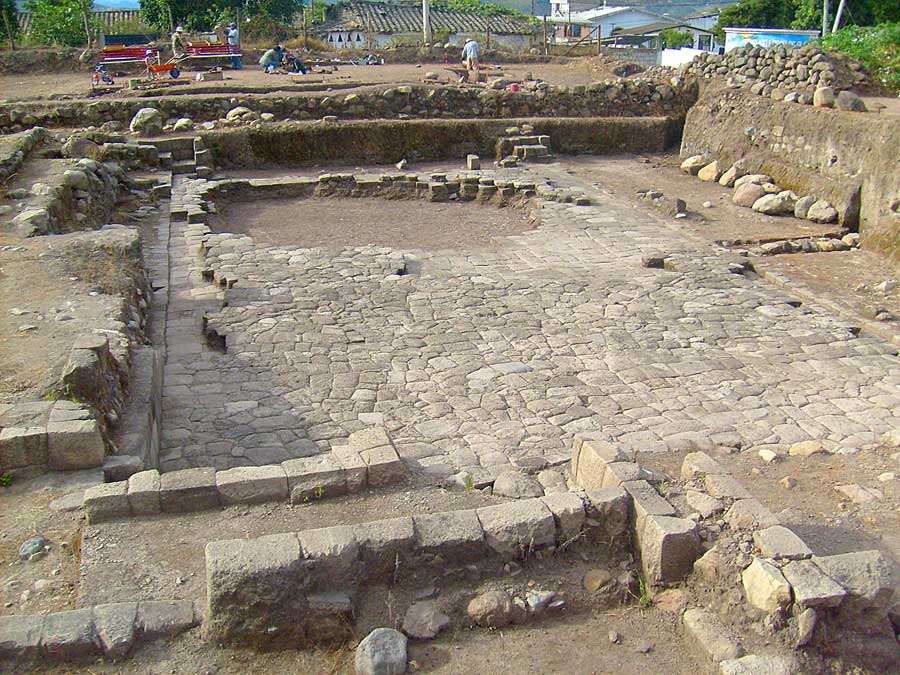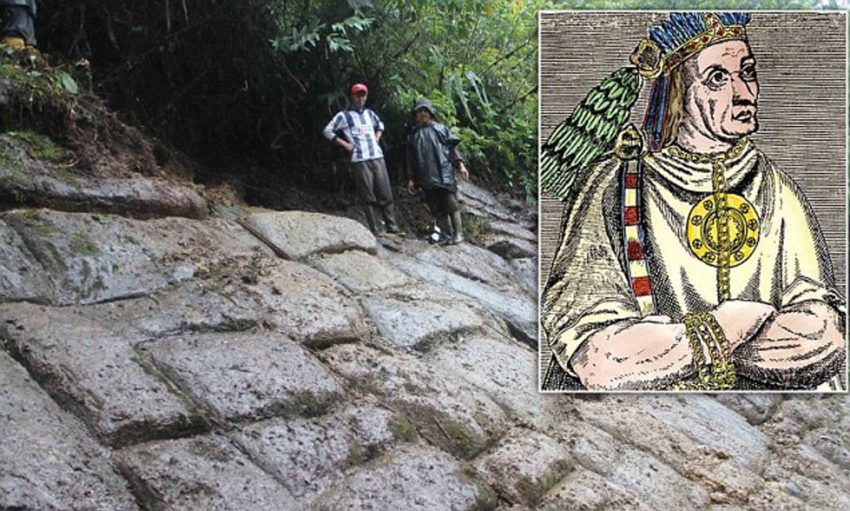In 1532 Atahualpa became the last King of the Incan Empire. He would meet with an untimely end when he was murdered by Francisco Pizarro in a wild double-cross following a kidnapping. After being stabbed, Atahualpa was mummified by his people, and it was said at the time he was buried where he died.
But no mummy has been found.
It is rumored that his mummy was carried to Quito, and then to what is now known as Malqui-Machay. Throughout the Andes are Incan roads and waterways that still exist (and work) to this day. (In fact, in parts of Peru some of these ancient aqueducts and canals are being restored to help bring water to areas affected by drought, with success in sowing water from the land.) Incan roads are identifiable by their exact two-meter width and square, carved stone bricks.
The Inca believed that the mummies of their leaders were supernatural; whoever possessed it had power over the Inca. The Inca fled from the Spanish, taking gold, artifacts, and, purportedly, Atahualpa’s mummy, to a city that is now lost to history and little more than a myth itself.
Modern discovery of artifacts made of tumbaga–an Incan gold and copper mix– and new ruins happen every day. An areal map of the region has been made that follows the Pucaras–ancient Inca watchtowers–to find what they are protecting. There is, of course, more than just the mummy of Atahualpa to potentially discover along the way.
More Info:
Archaeology
Ancient Origins
BBC News
Culture Trip
